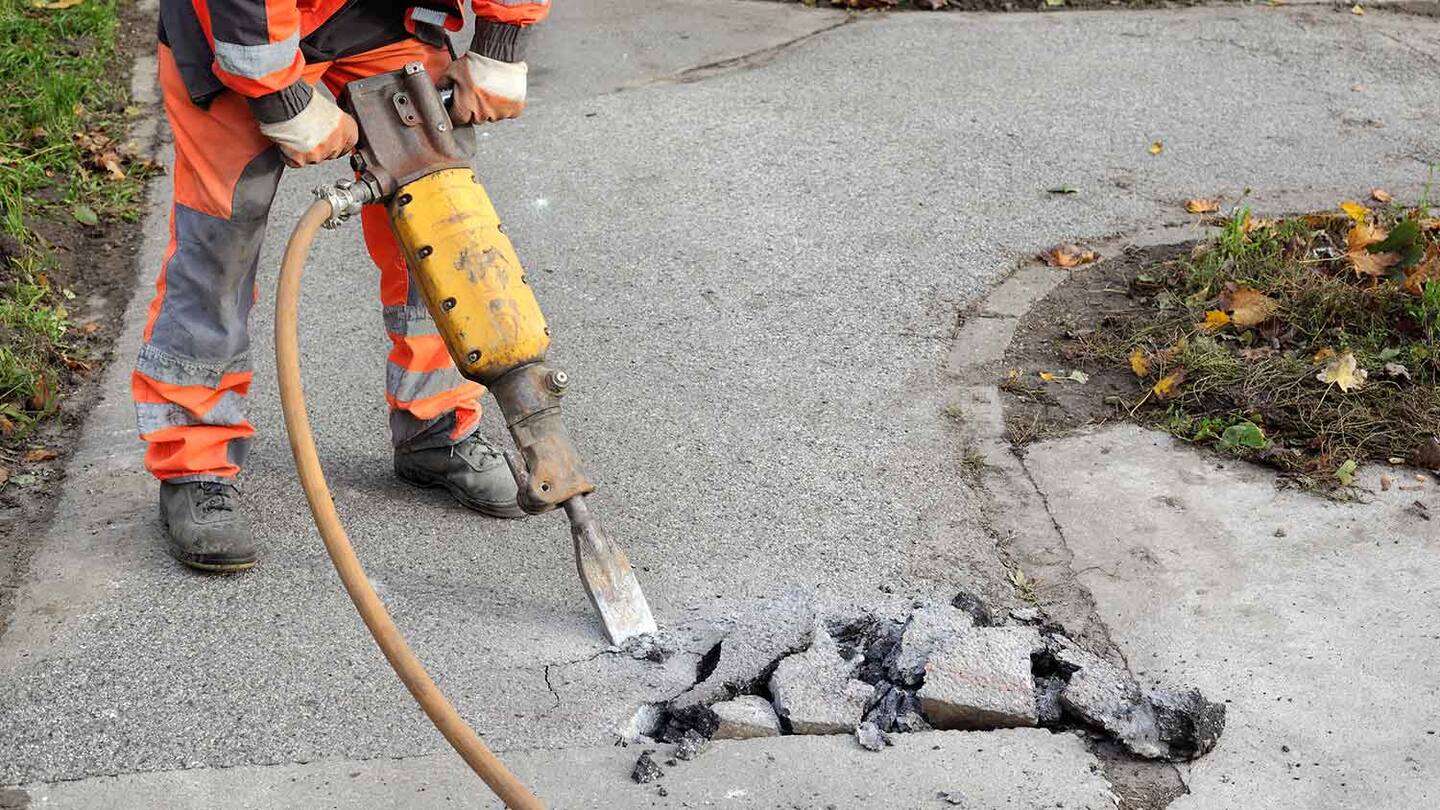

Articles
How To Remove Concrete Walkway
Modified: February 23, 2024
Learn effective methods to remove a concrete walkway with our informative articles. Discover step-by-step guides and expert tips for a successful project.
(Many of the links in this article redirect to a specific reviewed product. Your purchase of these products through affiliate links helps to generate commission for Storables.com, at no extra cost. Learn more)
Introduction
Concrete walkways can enhance the aesthetics and functionality of your outdoor space. However, there are instances when you may need to remove a concrete walkway due to damage, renovation, or changes in landscape design. The process of removing a concrete walkway may seem daunting, but with the right tools, materials, and knowledge, it can be a manageable DIY project.
In this article, we will guide you through the steps to remove a concrete walkway effectively. We will cover everything from assessing the walkway to the final clean-up, ensuring that you have a clear understanding of each stage of the process. By following these steps, you’ll be able to efficiently remove your concrete walkway and prepare the area for further projects, such as installing a new walkway or landscaping.
Before we begin, it’s important to note that removing a concrete walkway can be physically demanding and potentially hazardous. It’s important to prioritize safety throughout the entire process. Ensure that you have proper safety equipment such as gloves, safety goggles, sturdy footwear, and a dust mask. Additionally, if you’re unsure about your ability to handle a project of this nature, it’s always a good idea to consult with a professional.
Now, let’s dive into the step-by-step process of removing a concrete walkway and reclaiming your outdoor space.
Key Takeaways:
- Proper planning and preparation are essential for successfully removing a concrete walkway. Assess the walkway, gather the necessary tools, and prepare the area to ensure a smooth and efficient removal process.
- Safety should always be a priority when removing a concrete walkway. Use protective gear, work at a comfortable pace, and dispose of the concrete responsibly to contribute to a more sustainable future.
Read more: How Much Is A Concrete Walkway
Assessing the Walkway
Before you begin the process of removing a concrete walkway, it’s important to assess the condition of the walkway and plan your approach accordingly. Taking the time to assess the walkway will help you determine the level of difficulty and the tools you’ll need for the project.
Start by inspecting the walkway for any cracks, fissures, or signs of damage. Pay attention to areas where the concrete may have sunken or become uneven over time. These areas will require extra attention during the removal process.
Next, decide whether you want to remove the entire walkway or only a portion of it. Consider factors such as the layout of your outdoor space, your future plans for the area, and any existing structures surrounding the walkway. If you’re only removing a section of the walkway, mark it off using chalk or spray paint to clearly define the area you’ll be working on.
Additionally, take into account any utilities that may be running beneath the walkway, such as gas lines, water pipes, or electrical wires. It’s crucial to know the exact location of these utilities to avoid any accidental damage during the removal process. If you’re unsure about the location of utilities, contact your local utility company for assistance. They can provide you with information on where the utilities are located and offer guidance on how to proceed safely.
Finally, consider the accessibility of the walkway. Are there any obstacles or barriers that may hinder the removal process? Take note of any nearby structures, trees, or vegetation that may need to be temporarily removed or trimmed to provide a clear workspace.
By assessing the walkway thoroughly, you’ll be able to plan your removal strategy and gather the necessary tools and materials for the project. Remember, proper planning and preparation are the keys to a successful concrete walkway removal.
Gathering the Necessary Tools and Materials
Now that you have assessed the walkway and planned your approach, it’s time to gather the tools and materials you’ll need for the concrete removal process. Having the right equipment on hand will make the task much easier and more efficient.
Here is a list of the essential tools and materials you’ll need:
- Heavy-duty sledgehammer or jackhammer: These tools will be used for breaking up the concrete into manageable pieces. The choice between a sledgehammer and a jackhammer depends on the size and thickness of the concrete. A jackhammer is more powerful and suitable for larger projects, while a sledgehammer can work well for smaller walkways.
- Protective gear: Safety should be a top priority during any construction project. Make sure you have safety goggles, gloves, a dust mask, and sturdy footwear to protect yourself from flying debris and dust.
- Demolition bar or pry bar: These tools come in handy for prying up larger chunks of concrete after breaking them.
- Concrete saw or circular saw: If you need to cut straight lines or make precise cuts in the concrete, a concrete saw or a circular saw with a masonry blade will be necessary.
- Shovel and wheelbarrow: You’ll need these tools to transport the broken pieces of concrete from the work area to a disposal location.
- Dumpster or disposal container: Depending on the amount of concrete you’ll be removing, you may need a rented dumpster or another suitable container for disposal.
- Safety cones or caution tape: Use these to mark off the work area and alert others to the construction zone.
Additionally, consider renting or purchasing heavy machinery such as a skid steer loader or an excavator if you’re dealing with a larger walkway or if manual labor is impractical.
It’s always a good idea to have extra tools and materials on hand. Concrete removal can be unpredictable, and having backups will ensure a smoother process.
Preparing and gathering the necessary tools and materials in advance will save you time and frustration during the project, allowing you to focus on the actual concrete removal process.
Preparing the Area
Before you begin breaking up the concrete, it’s important to prepare the surrounding area to minimize any potential damage and streamline the removal process. Taking the time to properly prepare the area will make the subsequent steps more efficient and ensure a safer work environment.
Here are the steps to follow when preparing the area:
- Clear the work area: Remove any obstacles, such as furniture, plants, or decorative items, from the vicinity of the walkway. This will provide you with ample space to work and prevent any damage to the items.
- Secure nearby structures: If there are any adjacent structures, such as walls or fences, that may be susceptible to damage during the concrete removal process, protect them by covering them with plywood or other protective materials.
- Protect the surrounding landscape: Lay down plywood or plastic sheeting on the ground adjacent to the walkway to protect the grass, garden beds, or other landscaping elements from debris and potential damage.
- Water the concrete: Before you start breaking up the concrete, dampen the surface with water. This helps to reduce dust and makes the removal process easier by softening the concrete slightly.
Additionally, make sure to secure the work area by placing safety cones or caution tape around it. This helps to alert others to the construction zone and prevents any accidental injuries.
It’s also worth noting that if you’re working in a confined space or an area with poor ventilation, you may want to consider using a dust extraction system to minimize the amount of dust generated during the process. This is especially important for your safety and the surrounding environment.
By properly preparing the area, you’ll create a safe and organized workspace, making the concrete removal process much more manageable. Plus, these preparations will help protect nearby structures and the surrounding landscape, saving you time and potential repair costs in the future.
Breaking Up the Concrete
Now comes the physically demanding part of the concrete removal process – breaking up the concrete. This step involves using a heavy-duty sledgehammer or jackhammer to break the solid surface into smaller, manageable pieces.
Follow these steps to break up the concrete effectively:
- Put on your protective gear: Before starting, ensure that you are wearing safety goggles, gloves, a dust mask, and sturdy footwear to protect yourself from flying debris.
- Start at the edges: Begin breaking up the concrete at the edges of the walkway using the sledgehammer or jackhammer. Target the joints or weak points where the concrete is most likely to crack. Work your way inward, gradually breaking the larger sections into smaller pieces.
- Use proper technique: Hold the sledgehammer or jackhammer with a firm grip and swing it down with force. Aim for the center of the concrete slab, using the weight of the tool to your advantage. Strike the same spot repeatedly until the concrete starts to fracture.
- Break into manageable pieces: Continue breaking the concrete into smaller pieces that can be easily lifted and removed. Aim for pieces that are no more than two feet in diameter to ensure you can handle them safely.
- Make precise cuts if necessary: If you need to make precise cuts or remove sections with clean edges, use a concrete saw or circular saw with a masonry blade. Follow the manufacturer’s instructions for operating the saw safely.
Remember to take regular breaks and pace yourself to avoid overexertion. Concrete removal can be physically challenging, so it’s important to listen to your body and prevent any unnecessary strains or injuries.
As you break up the concrete, be mindful of any utilities or buried objects that may be present beneath the surface. Use caution to avoid damaging them, and if you’re unsure about their location, contact a professional for assistance.
Continue breaking up the concrete until the entire walkway is dismantled into manageable pieces.
By following these steps and using the appropriate tools and techniques, you’ll be able to effectively break up the concrete, paving the way for its removal in the next steps.
Before removing a concrete walkway, make sure to check for any utility lines or pipes underneath. Use a sledgehammer or jackhammer to break up the concrete, starting from the edges and working your way towards the center. Dispose of the concrete debris properly.
Read more: How To Repair A Concrete Walkway
Removing the Concrete Pieces
With the concrete broken into manageable pieces, it’s time to remove and clear the debris from the work area. This step involves safely lifting and transporting the concrete pieces to a designated disposal location.
Follow these steps to effectively remove the concrete pieces:
- Start with the smaller pieces: Begin by removing the smaller concrete pieces first. Use a pry bar or demolition bar to lift them up and place them into a wheelbarrow or other suitable container for transportation.
- Work systematically: Move methodically across the area, picking up one piece at a time. Clear away any loose debris and continue to remove the larger sections of concrete using the same lifting and transport method.
- Be mindful of weight and strain: Concrete can be heavy, so be cautious when lifting and carrying the pieces. If a piece is too heavy to lift safely, enlist the help of a friend or use heavy machinery, such as a skid steer loader, for assistance.
- Keep the work area clear: As you remove the concrete pieces, regularly clean up and clear the work area to ensure your safety and maintain an organized workspace.
- Dispose of the concrete responsibly: Once the concrete pieces are removed from the work area, dispose of them responsibly. You may need to rent a dumpster or contact a local waste management facility to arrange for proper disposal.
It’s important to note that some concrete pieces may be reusable. If you plan on repurposing the concrete, such as using it for landscaping or other projects, set aside the salvageable pieces in a separate area.
While removing the concrete pieces, be mindful of any remaining debris or smaller fragments that may be scattered around the work area. Use a broom or a brush to sweep up any loose particles, ensuring the site is clean and ready for the final clean-up stage.
By systematically removing the concrete pieces and disposing of them responsibly, you’ll effectively clear the work area and prepare it for the next steps in your outdoor project.
Cleaning up the Site
After removing the concrete pieces, it’s important to clean up the site to ensure a safe and tidy work area. This step involves clearing away any remaining debris, sweeping the area, and addressing any potential hazards.
Follow these steps to effectively clean up the site:
- Remove loose debris: Use a broom, shovel, or brush to remove any loose debris, dust, or smaller concrete fragments from the work area. Ensure that all traces of concrete are cleared, especially from nearby grass, plants, or other landscaping features.
- Sweep the area thoroughly: Use a stiff-bristle broom to sweep the entire work area, collecting any remaining dirt or dust. Pay attention to corners, edges, and cracks where debris may accumulate.
- Inspect for remaining hazards: After sweeping, carefully inspect the site for any potential hazards. Look for sharp or protruding objects, exposed utilities, or any damage to surrounding structures. Address any issues promptly to ensure the safety of yourself and others.
- Restore the landscape: If any areas of the landscape were temporarily modified or disturbed during the concrete removal process, take the time to restore them. Fill in any small holes or depressions, reseed or replant any affected grass or plants, and remove any protective coverings you placed earlier.
- Store or clean your tools: Properly store or clean your tools and equipment used during the concrete removal process. This will help ensure their longevity and be ready for future use.
It’s important to dispose of any leftover debris or waste from the concrete removal process responsibly. Check with your local waste management facility to understand the regulations for disposal and make arrangements accordingly.
By thoroughly cleaning up the site, you’ll create a safer environment and restore the aesthetics of your outdoor space. It’s always satisfying to see a clean and clear work area after completing a challenging construction project.
Disposing of the Concrete
Once you have completed the removal of the concrete walkway, the final step is to dispose of the concrete debris properly. It is important to dispose of the concrete in an environmentally friendly and responsible manner.
Here are some options for disposing of the concrete:
- Hire a waste removal service: Contact a local waste management company or rent a dumpster specifically designed for construction debris. They will provide you with a suitable container to dispose of the concrete. Make sure to inquire about any specific guidelines or regulations they may have regarding the disposal of concrete.
- Recycle the concrete: Concrete is a recyclable material, and many recycling centers accept it. Check with your local recycling facility to see if they accept concrete and if there are any specific requirements for drop-off. Recycling the concrete helps reduce waste and minimizes the environmental impact.
- Reuse the concrete: If the concrete pieces are in good condition and intact, consider repurposing them instead of disposing of them. You can use the concrete for various landscaping projects, such as creating a new walkway, building retaining walls, or constructing raised garden beds.
- Connect with local construction projects: Inquire if there are any nearby construction projects that may be in need of fill material. Some projects may be willing to accept the concrete debris as fill material, saving you disposal costs and reducing waste.
It’s essential to check with local regulations and guidelines regarding the disposal of concrete. Some areas have specific restrictions or permits required for disposal, especially if you are disposing of a significant amount of concrete.
Remember, proper disposal of the concrete ensures environmental stewardship and compliance with local regulations. By making an effort to dispose of concrete responsibly, you contribute to a more sustainable future.
Conclusion
Removing a concrete walkway may initially seem like a daunting task, but with the right approach, tools, and knowledge, it can be a manageable DIY project. By following the steps outlined in this article, you can effectively remove a concrete walkway and reclaim your outdoor space.
Assessing the walkway is crucial in understanding the scope of the project and planning your approach. Gathering the necessary tools and materials ensures that you have everything you need at your disposal. Preparing the area before starting the concrete removal process helps protect nearby structures and the surrounding landscape.
Breaking up the concrete requires the use of heavy-duty tools, proper technique, and attention to safety. Removing the concrete pieces and disposing of them responsibly is an important step in keeping the work area clear and safe.
Cleaning up the site after concrete removal ensures a tidy environment and minimizes potential hazards. Lastly, disposing of the concrete debris properly, either through waste removal services or recycling centers, is essential for environmental responsibility.
Remember, safety should always be a priority during the concrete removal process. Use protective gear, work at a comfortable pace, and seek assistance from professionals if needed.
By following the steps outlined in this article, you can successfully remove a concrete walkway and prepare the area for future projects. Whether you’re looking to install a new walkway, create a new landscape design, or simply revamp your outdoor space, the removal of the old concrete walkway is a crucial first step.
So, put on your gloves, grab your tools, and embark on the journey of removing your concrete walkway. With determination, patience, and the knowledge you’ve gained here, you’ll be well on your way to transforming your outdoor space into something beautiful and functional.
Frequently Asked Questions about How To Remove Concrete Walkway
Was this page helpful?
At Storables.com, we guarantee accurate and reliable information. Our content, validated by Expert Board Contributors, is crafted following stringent Editorial Policies. We're committed to providing you with well-researched, expert-backed insights for all your informational needs.
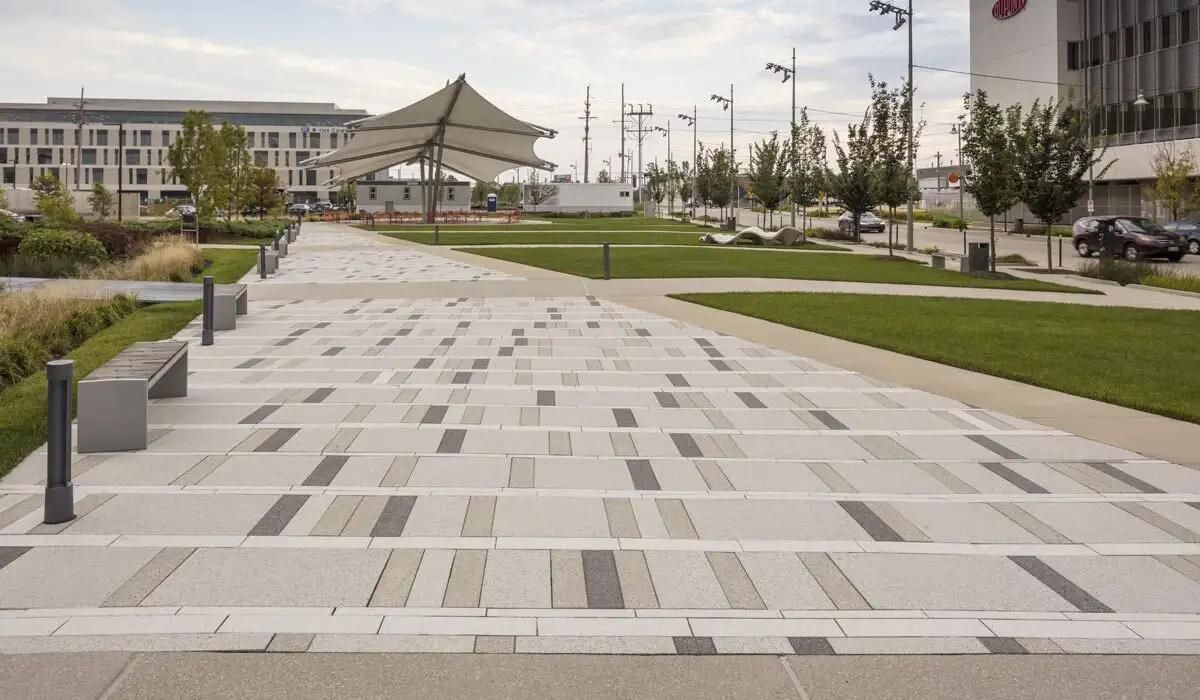
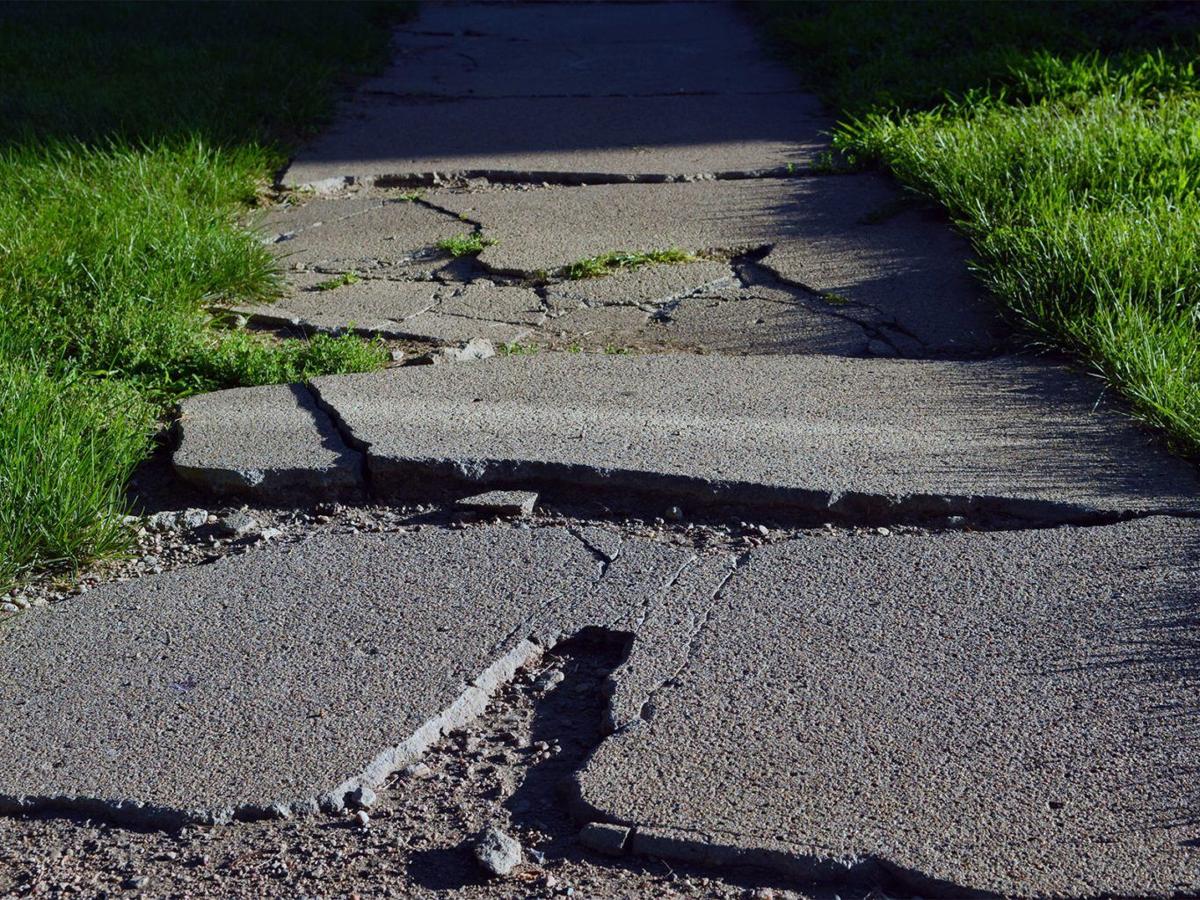
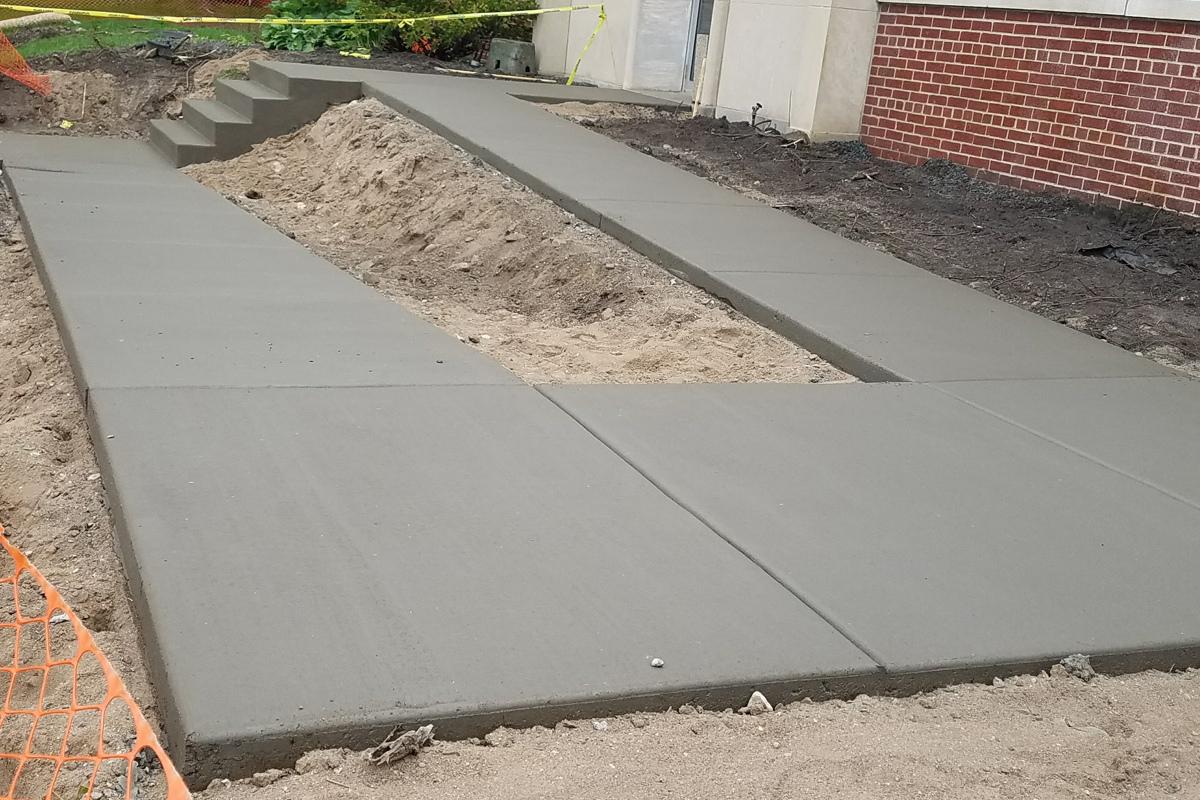
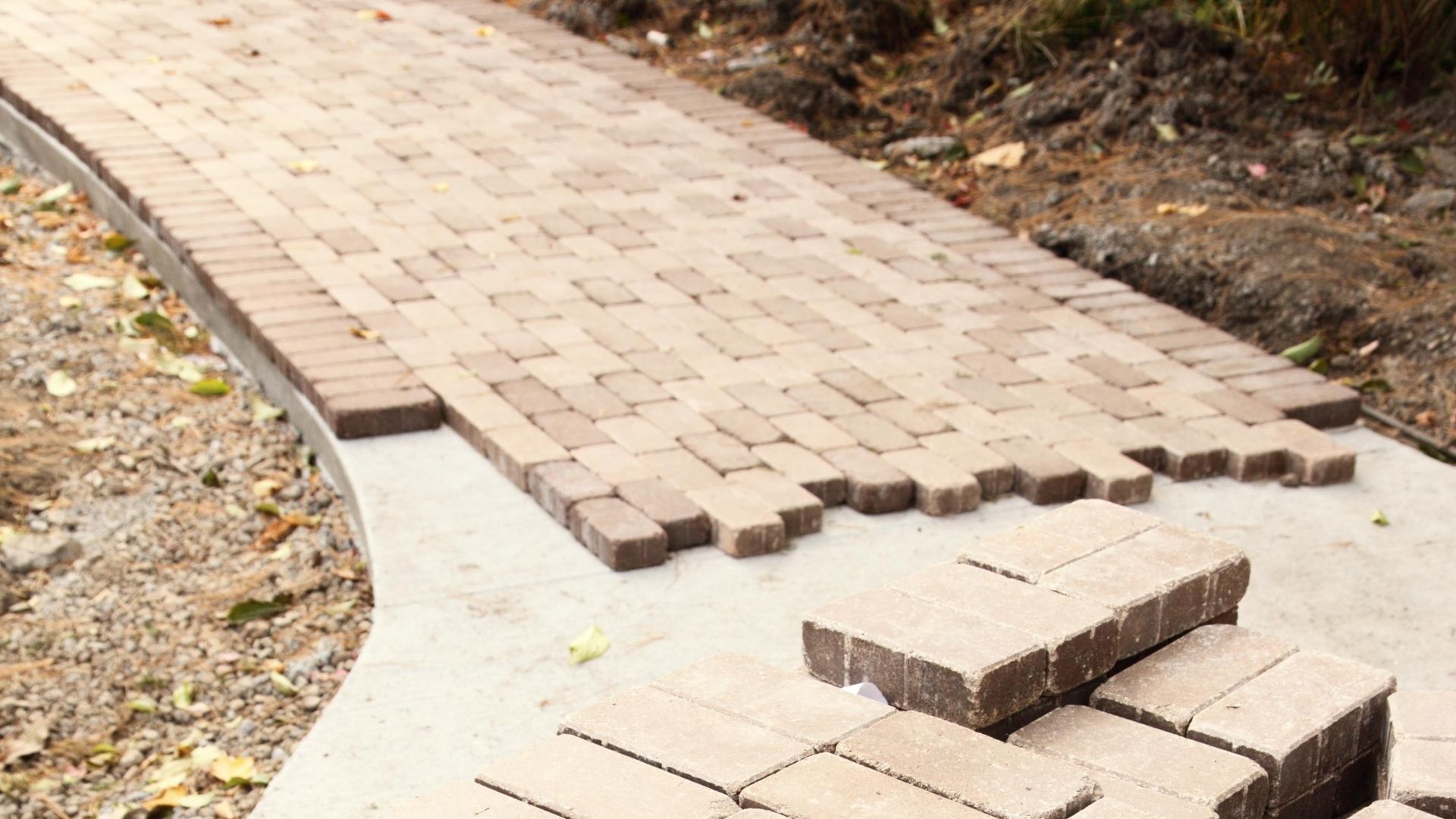
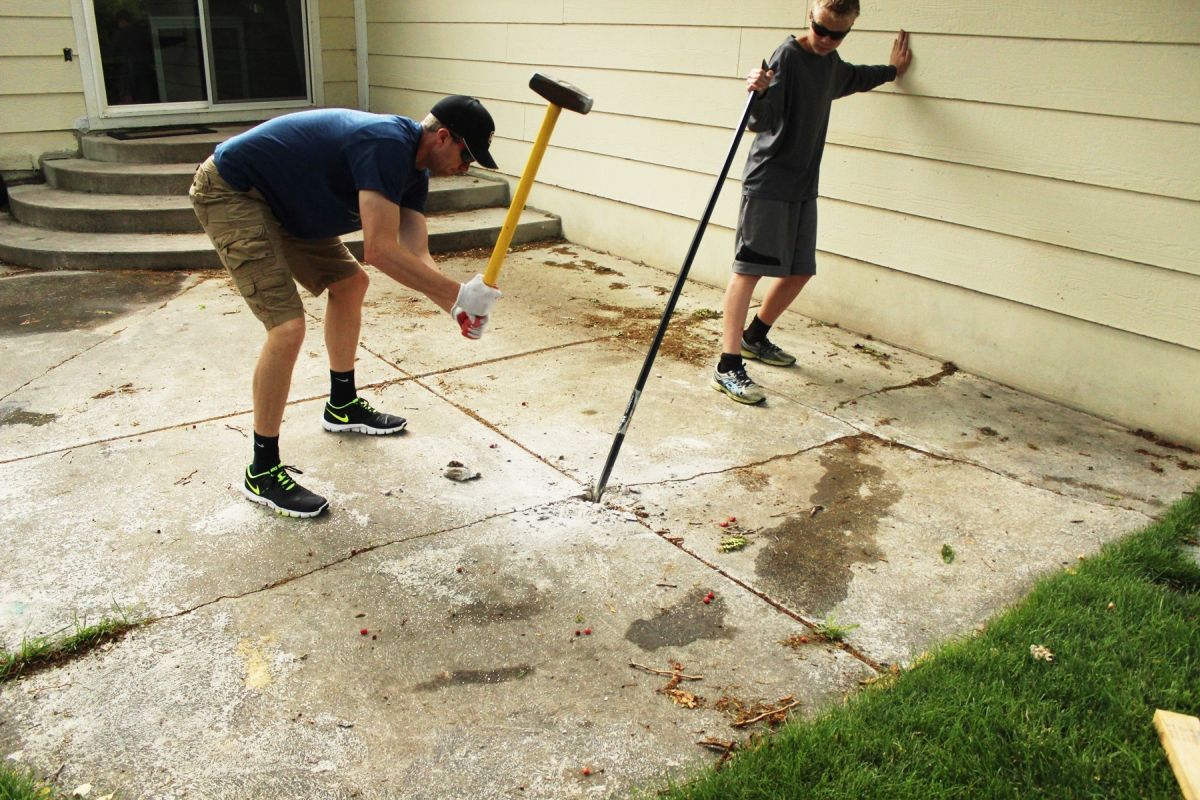
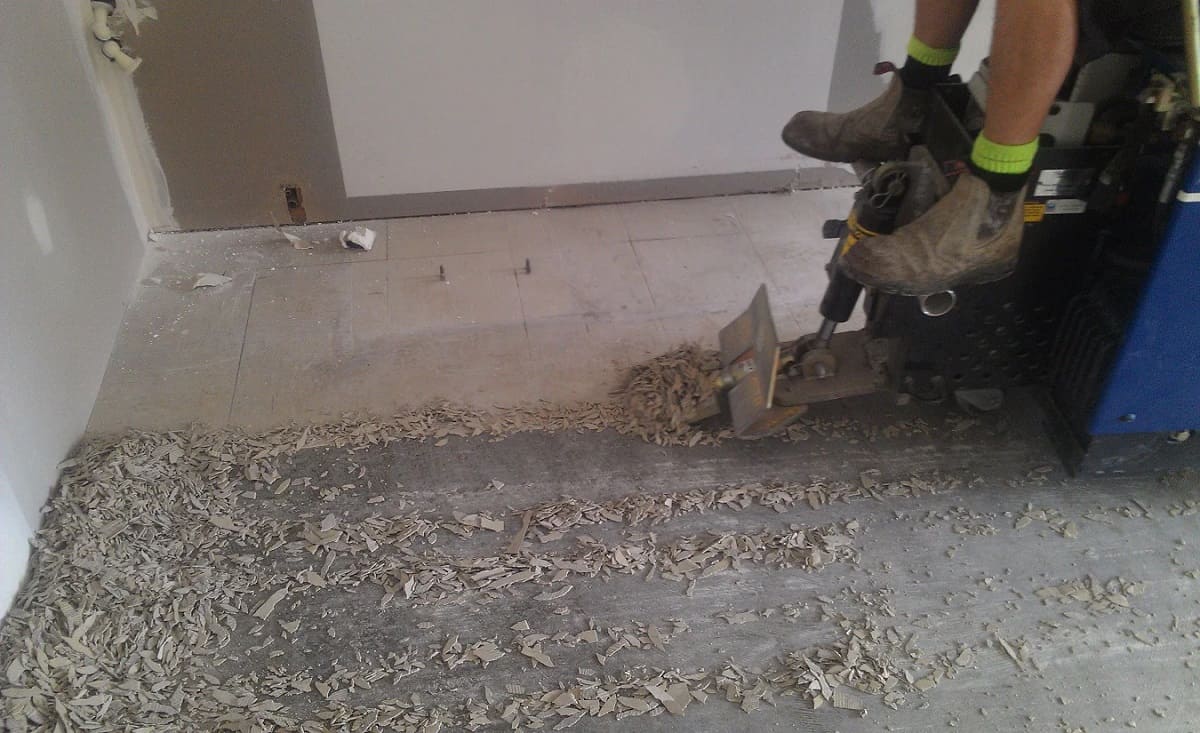
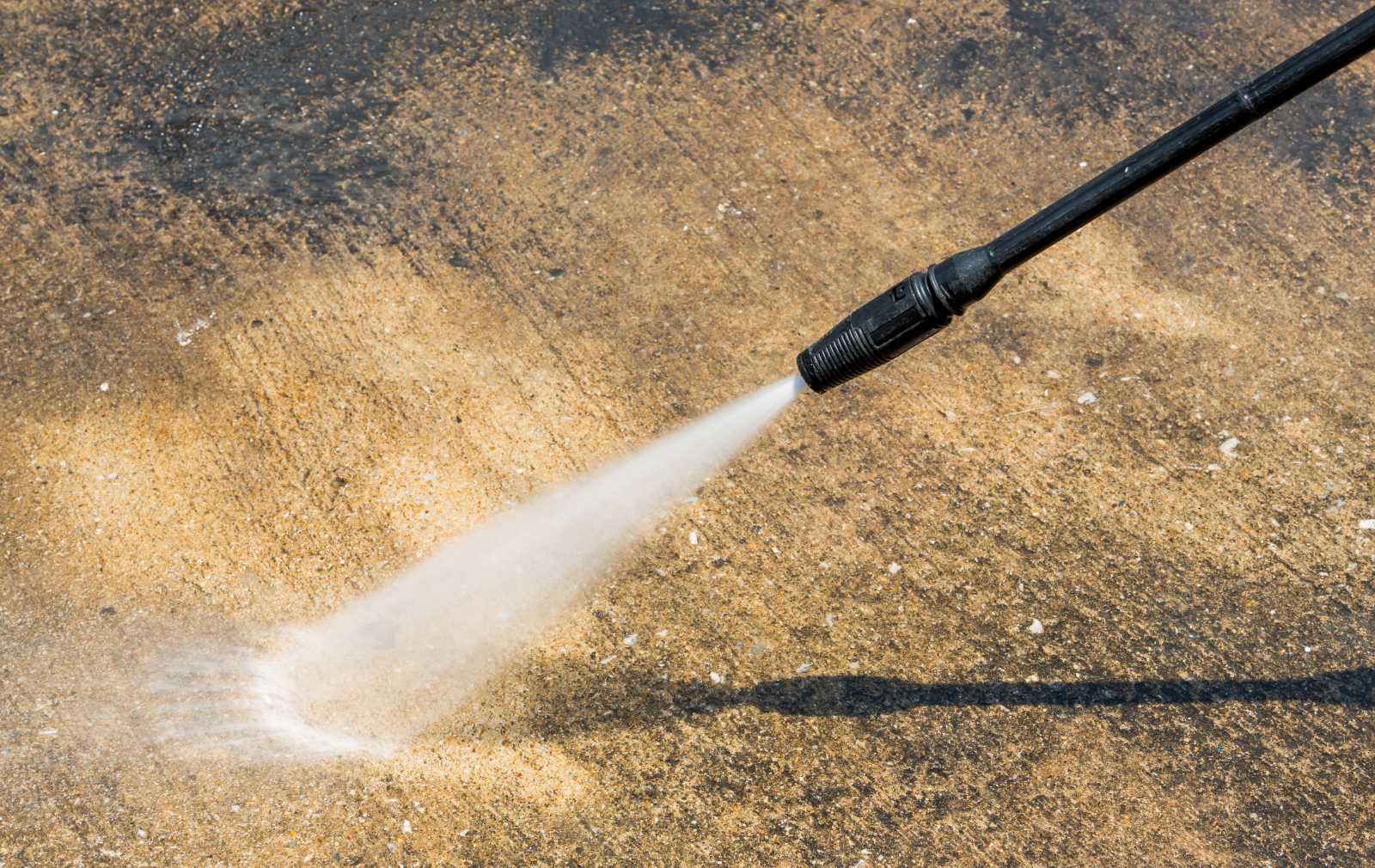
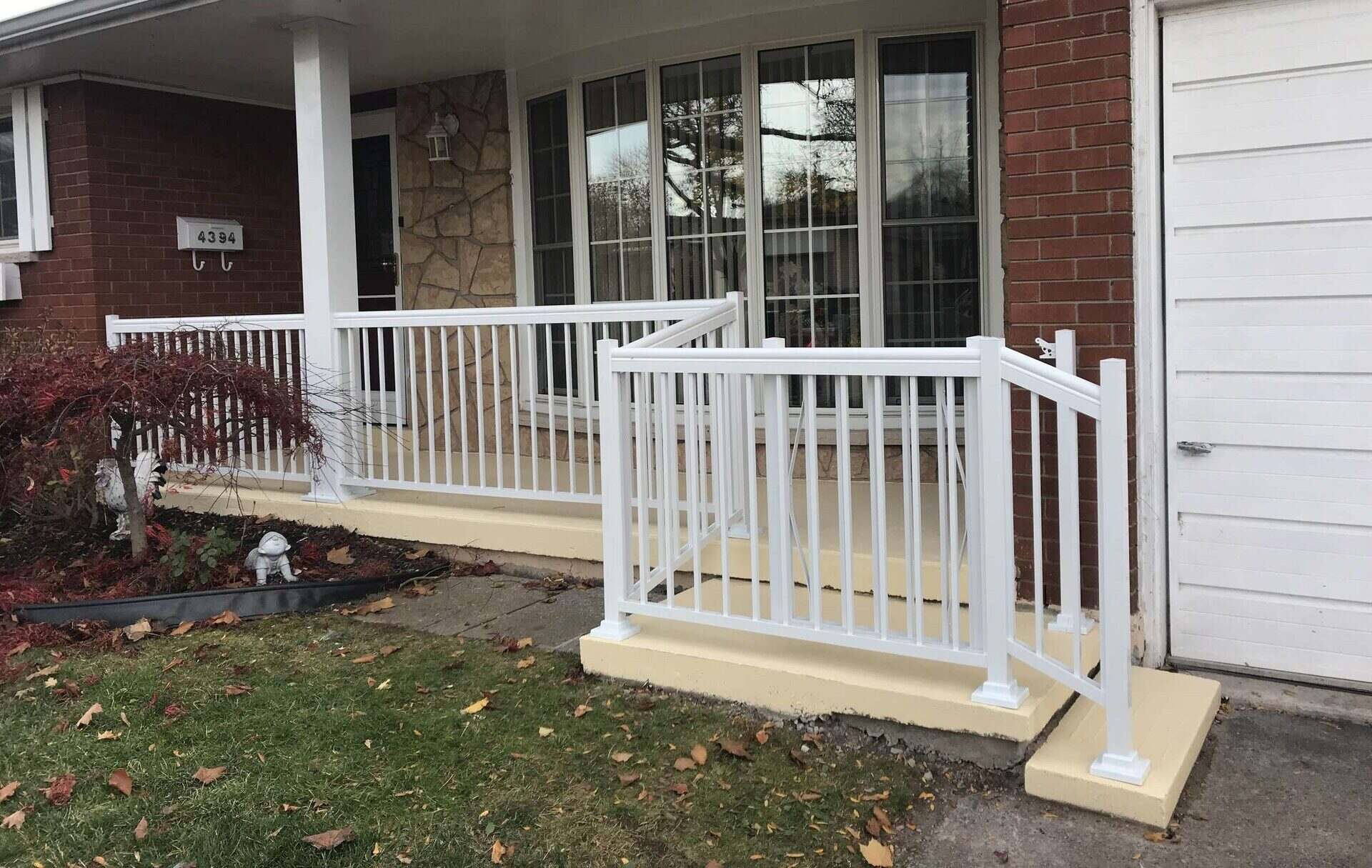
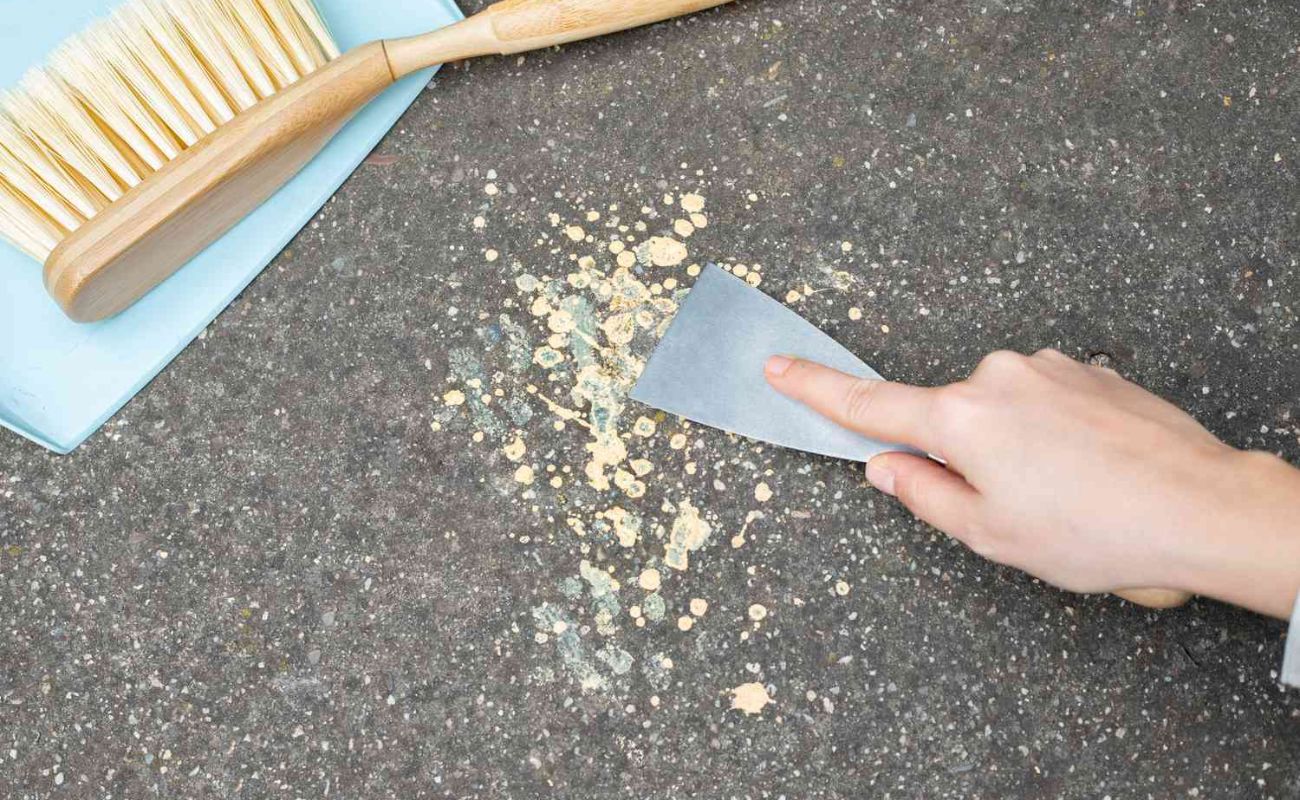

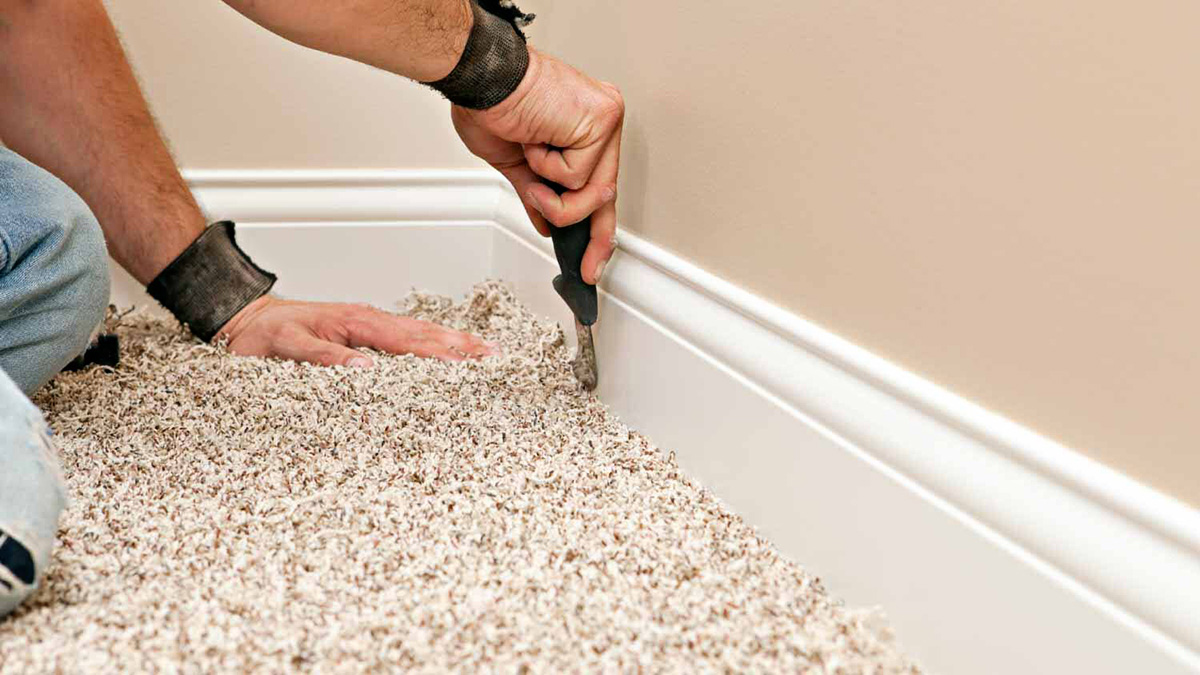
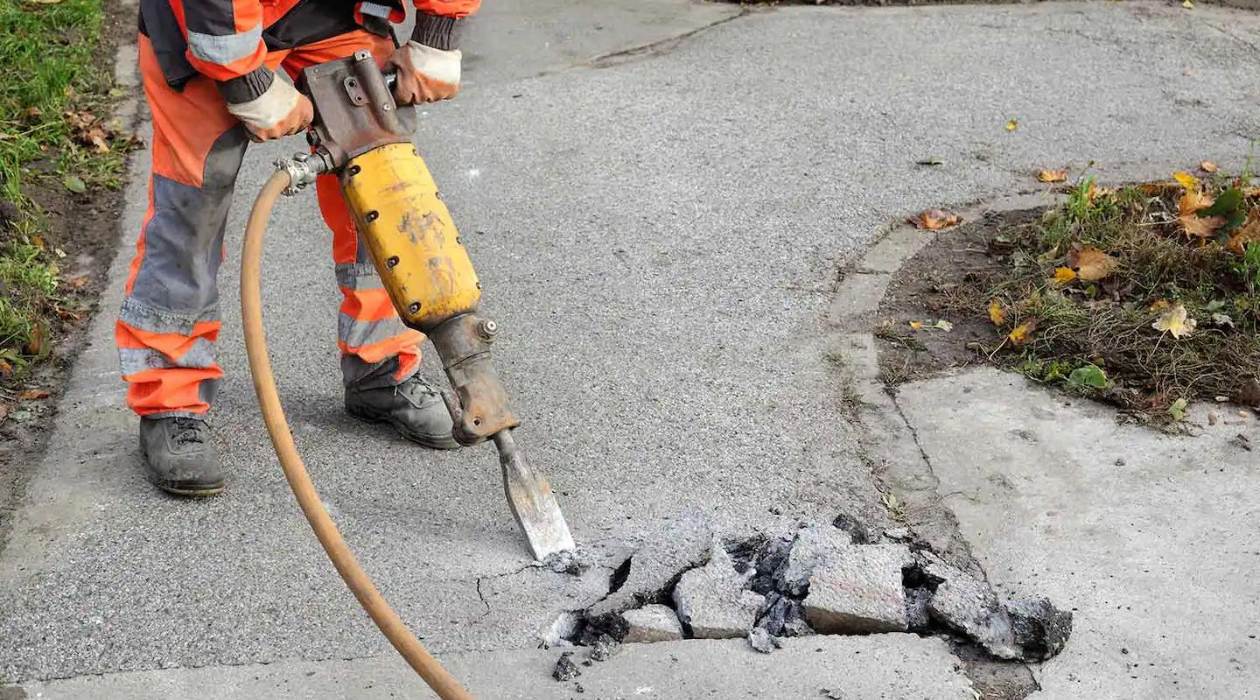
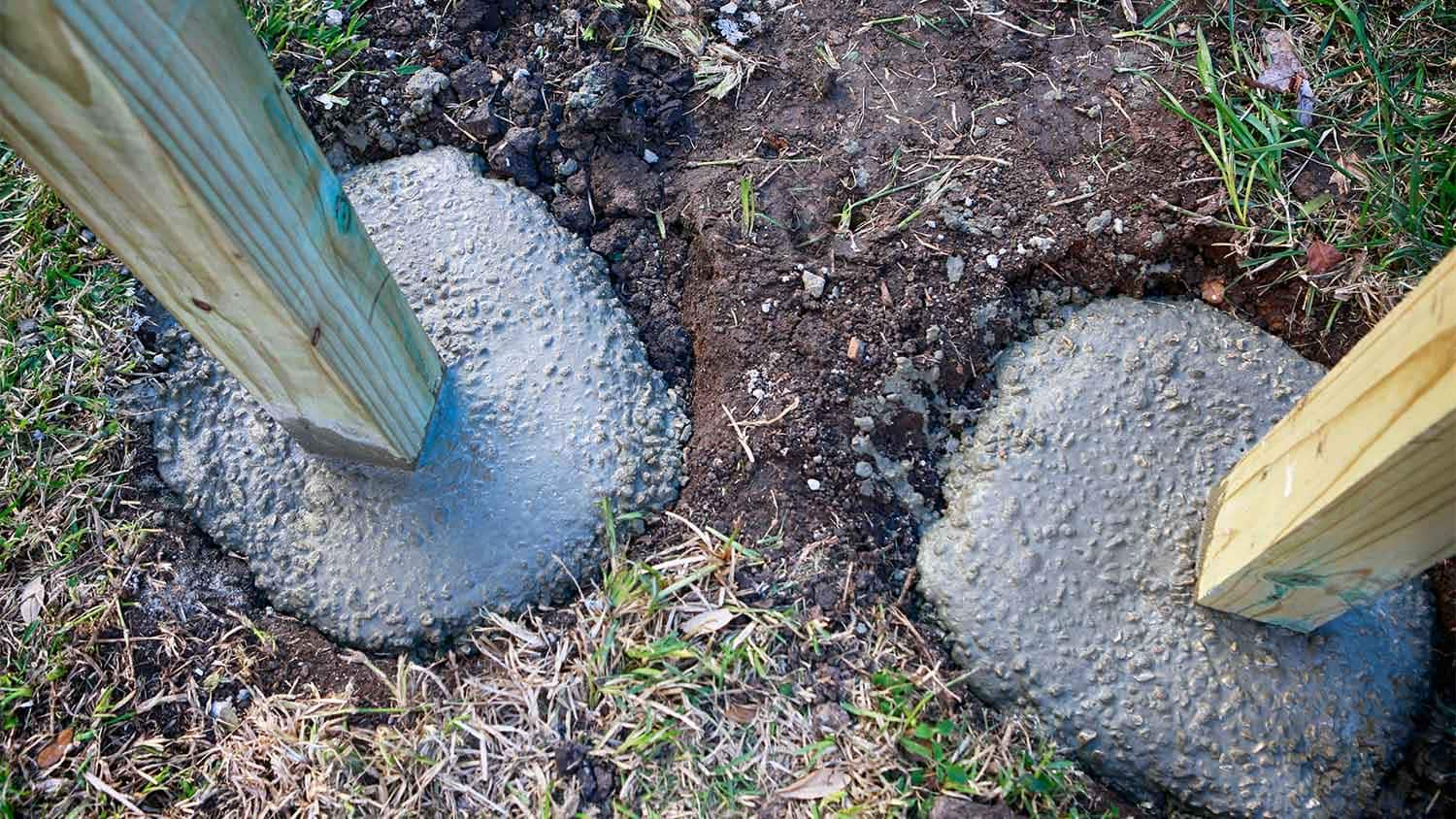
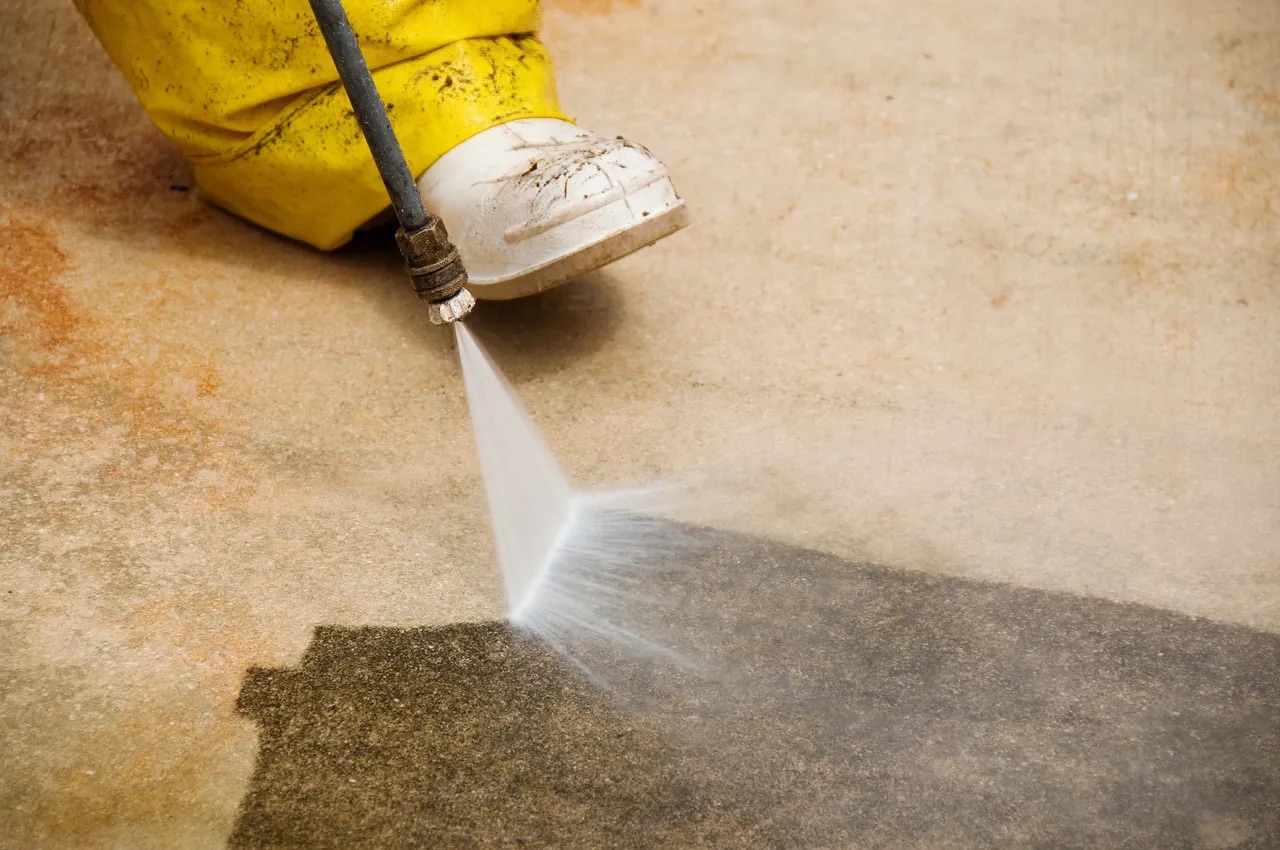

0 thoughts on “How To Remove Concrete Walkway”